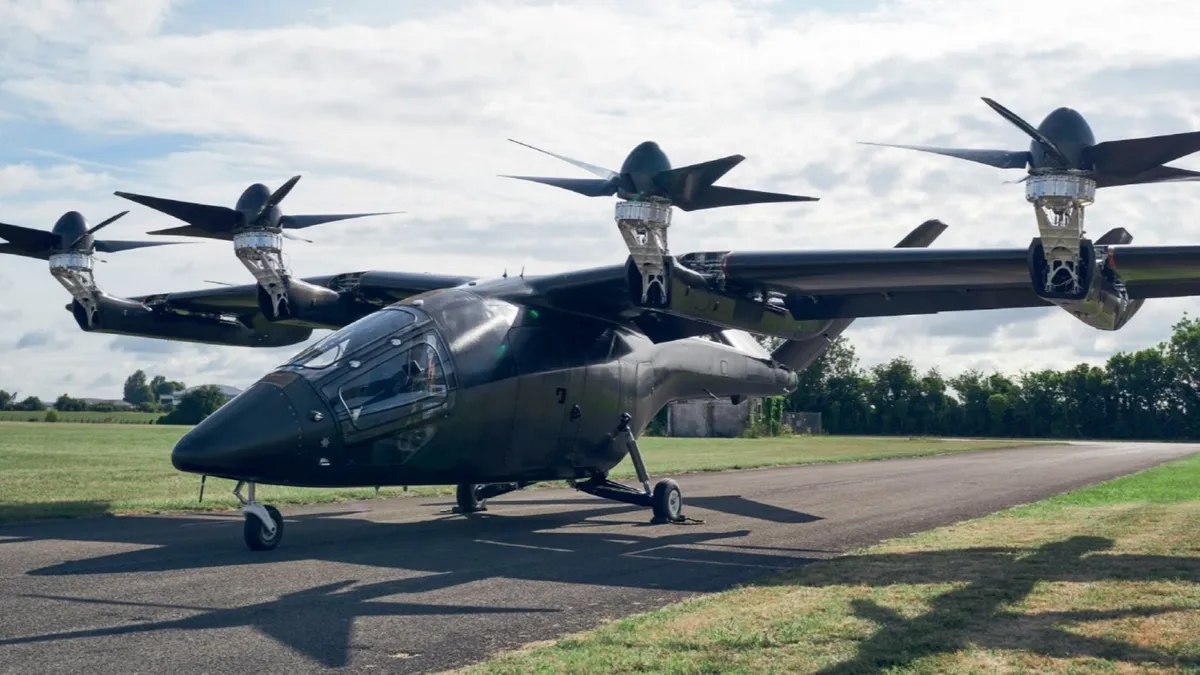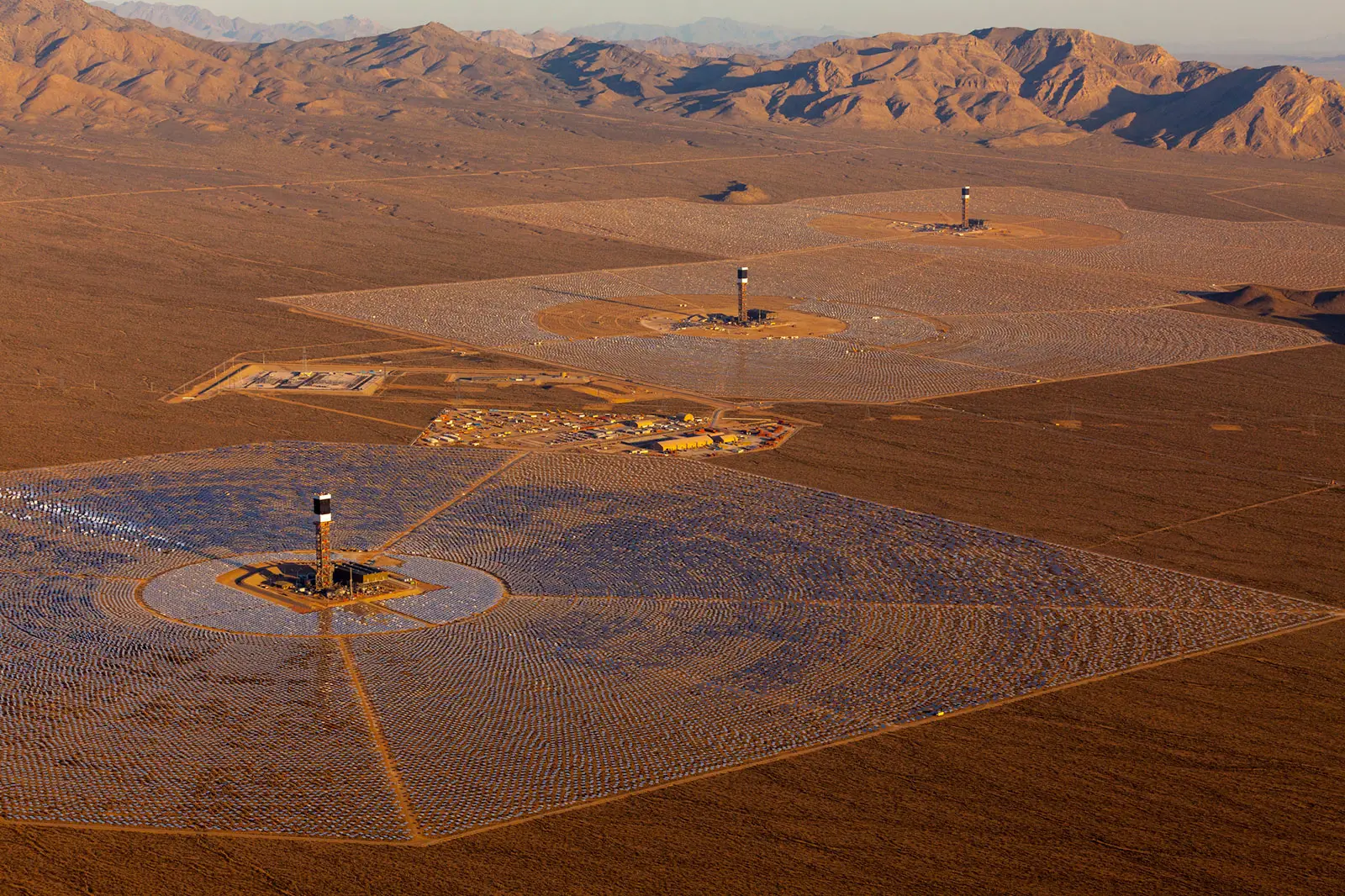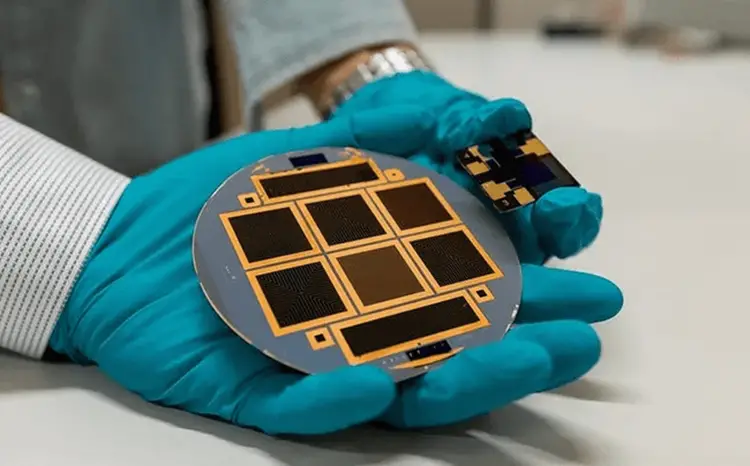When predicting the future, have you ever thought about flying a taxi? Yes, a car with a wing; this image first comes to mind when we think about it. There have been numerous attempts to create a flying taxi that could pick and drop you to your desired location along with giving you a ride through clouds.
A piloted test flight of the VX4 flying taxi developed by a British company was completed with flying colors.
The announcement was made public by the firm on Monday; it was called Vertical Aerospace. It’s a big deal for the future of eVTOL (electric vertical takeoff and landing) aircraft.
The VX4 was developed by Vertical Aerospace to transport four people on 30-minute flights between airports and between cities, and it has since been ordered by American Airlines and Virgin Atlantic.
Vertical Aerospace’s VX4 and its Features
With a motor producing more than one megawatt and co-developed with Rolls-Royce, the VX4 is capable of speeds up to 325 kilometers per hour (or 202 miles per hour).
The eVTOL’s range of 100 miles may appear inadequate, but it is not designed to transport more than four people (including the pilot). Therefore, it is most often utilized for journeys of up to 30 minutes, such as those between airports or inside a city.
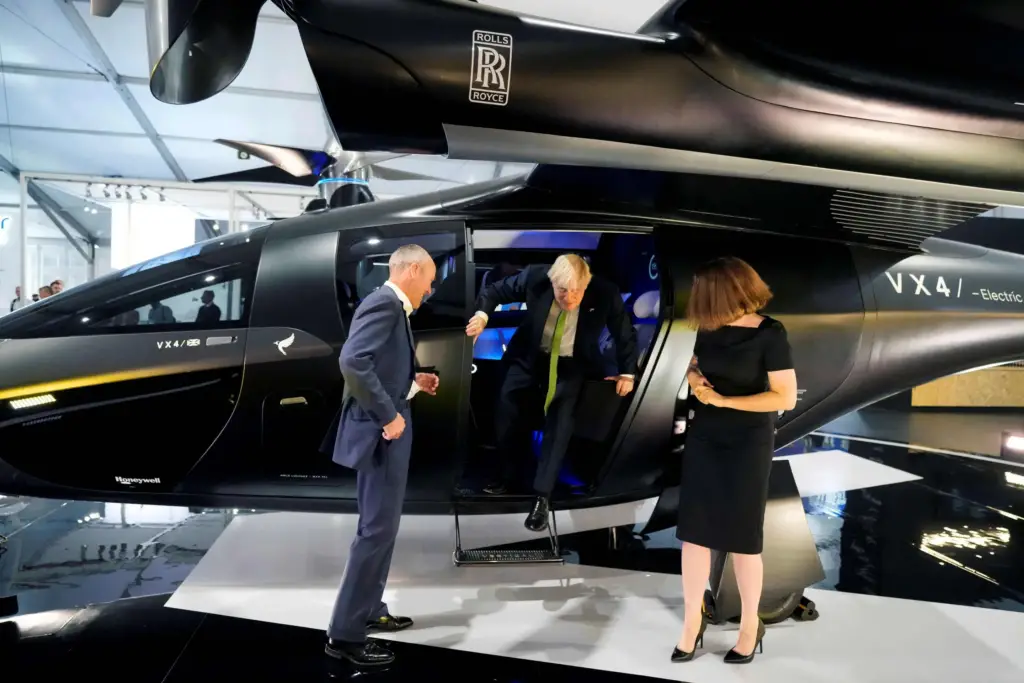
VX4 boasts on its website that it can travel at a maximum speed of 150 mph (241 km/h) during this duration while being 100 times quieter than a helicopter. In addition, Vertical Aerospace has said that their eVTOL aircraft would include cutting-edge avionics similar to the F-35’s flight control systems.
The goal is to increase automation and decrease pilot effort in the air.
Also, it clearly does something different because the propellers are not pointing forwards; they’re pointing up.
It has got eight propelling units which enable the aircraft to take off vertically, so using all eight units, the taxi takes off vertically, and then as we increase forward speed, the four at the front tilt forwards right into the cruise configuration, and the four at the backstop and stow to reduce aircraft drag and this enables us to have a long duration cruise flight.
Battery issues with such flying vehicles
The problem with such air taxis is that the battery and weight are not able to get along usually. If you increase the battery size and capacity of such a flying vehicle, it eventually increases the weight, thereby pulling the vehicle down to the ground.
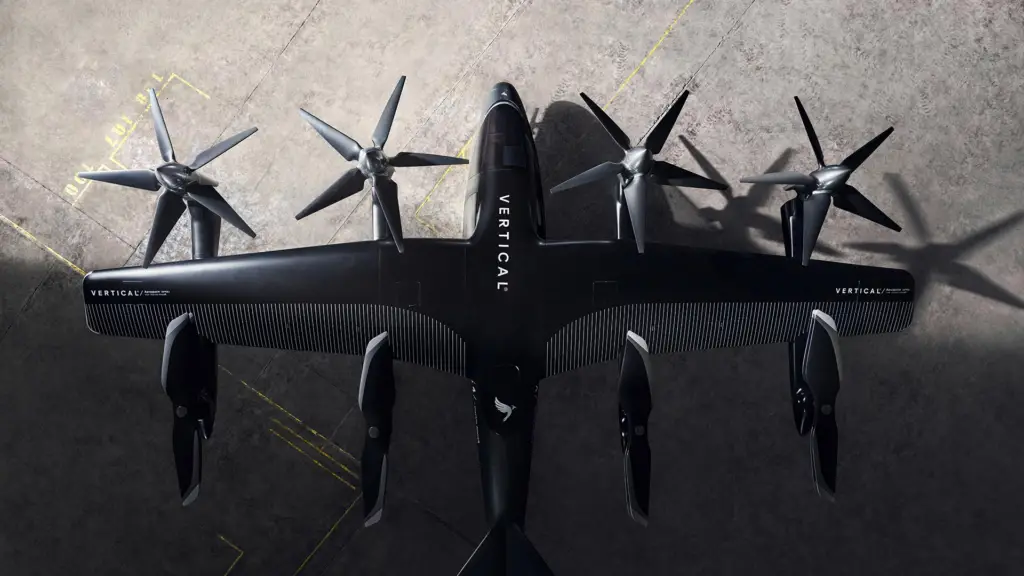
Sophia R, Flying Qualities Manager at Vertical Aerospace, says, “one of the areas of this kind of technology development that we focus on in-house is actually the battery technology, so all of our battery technology is proprietary; it’s not bought off the shelf.
The battery chemists that are working on this are the ones that are really going to enable that. ”
Flying test
The test flight was conducted in an airplane hangar to see whether the vehicle could support its own weight.
The spokesman said that throughout the 10-minute test, the drone, which was tied to the ground, hovered at the height of around 3 feet.
Chief test pilot and corporate pilot Justin Paines commented, “This test was the conclusion of many months of preparation by a vast team.”
However, the company needed approval from the UK’s Civil Aviation Authority before installing a pilot inside the VX4 cabin (CAA).

This may be a baby step for Vertical Aerospace, but for British aviation, it’s a massive one. The United Kingdom has been at the forefront of aviation for over a century, and in the 21st century, Britain is at the forefront of the globe in the creation of zero-carbon aircraft, according to a statement made by Vertical Aerospace on September 26, 2022.
During the course of the flight test program, which is scheduled to last for a number of months, the eVTOL aircraft will show that it can ascend to greater heights, travel faster, and effortlessly switch between vertical and horizontal forward flight.
Time and money
In terms of time, the VX4 will be able to go from Heathrow to the canary wharf in Central London in about 12 minutes.
Also, since this aircraft is designed for everybody, the company is aiming to ensure that the cost per mile should be similar to that of a taxi, so it will actually be designed to be affordable.
Safety standards and sounds
When the company launches this aircraft, it’ll be certified to the same safety standard as a Boeing or an airbus.
For long-range aircraft, it’s a one in a billion accepted failure rate, so these will be amongst the safest aircraft that have ever been built.
At 500 feet, speculations are that the sound is going to be about 45 decibels, and these aircraft will not only be much quieter, but because it has much smaller rotors, the sound profile is something that blends really well into an urban situation, so you’re not going to really hear these things flying overhead.
Next step and way forward with VX4
The inaugural flight of Vertical Aerospace was keenly anticipated because of the company’s promising future. The fact that the company’s prototype plane has flown before certainly didn’t hurt. The same thing occurred with the VX4 over the weekend.
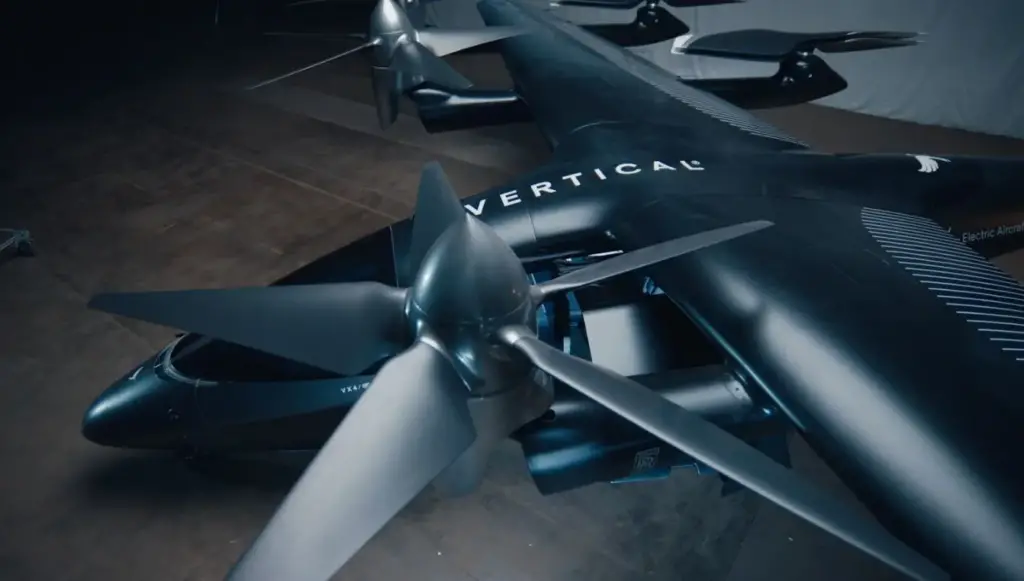
According to Business Insider, the ten-minute test flight only went up to a height of around three feet (less than one meter) since the plane remained connected to the ground the whole time.
Tests of the VX4’s transition and envelope extension will be conducted between elevations of 5,000 and 10,000 feet, and then a low-speed flight at an altitude of 50 feet (15 m) is next on the agenda, according to the press release.
“ We’re aiming for certification in 2025. We will be in service and could see other roles for it; one of the potentials of the roles for the aircraft is a medevac aircraft. So you could also imagine this as a flying ambulance.
The other role is when we continue to improve battery technology and the energy density, which enable us to improve the range of the aircraft for various other work.” said Sophia.
The other thing that might happen as the company develops the design is that the number of people that the taxi can carry increases. Although at the moment it’s only got four, it could do an eight-seat version or maybe more; time will tell.
Landing zones

So actually, in the future, maybe one of the most effective ways to deploy these aircraft would be to create a network of smaller airports feeding into larger hubs.
For example, rather than you having to go either to the train station to catch a train all the way to Heathrow, you can go to the field near your house, and one of these can land there with fairly minimal infrastructure and pick you up and take you to Heathrow.
Ending notes
Since many towns and airlines are interested in converting to electric-powered and environmentally friendly air transport, the eVTOL business is growing rapidly.
Despite continuing range anxiety, VTOL capabilities have opened up new possibilities for urban travel with these electric aircraft.
It seems a matter of time before we could just go out to a flying taxi hub or could book one to help us travel faster.

